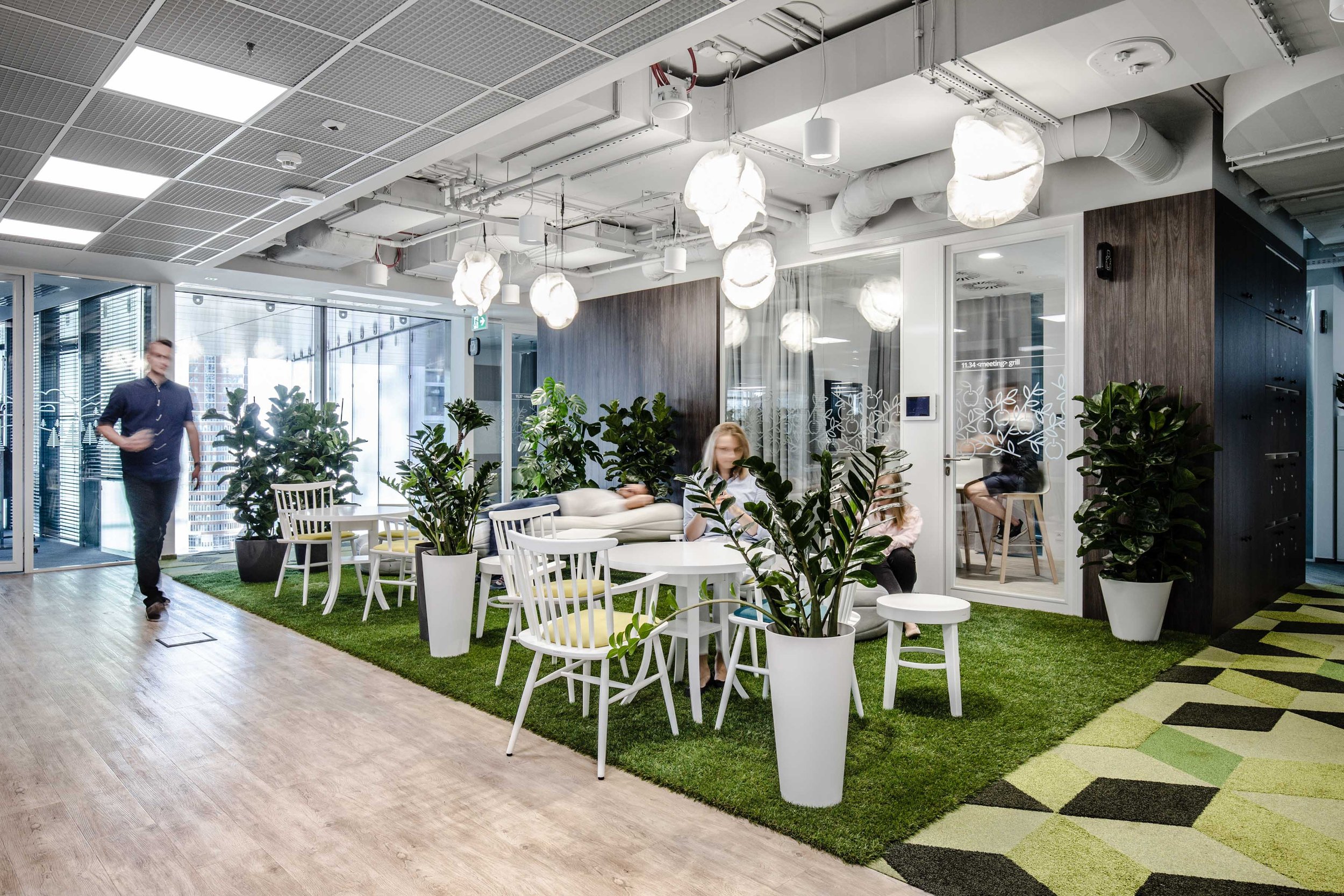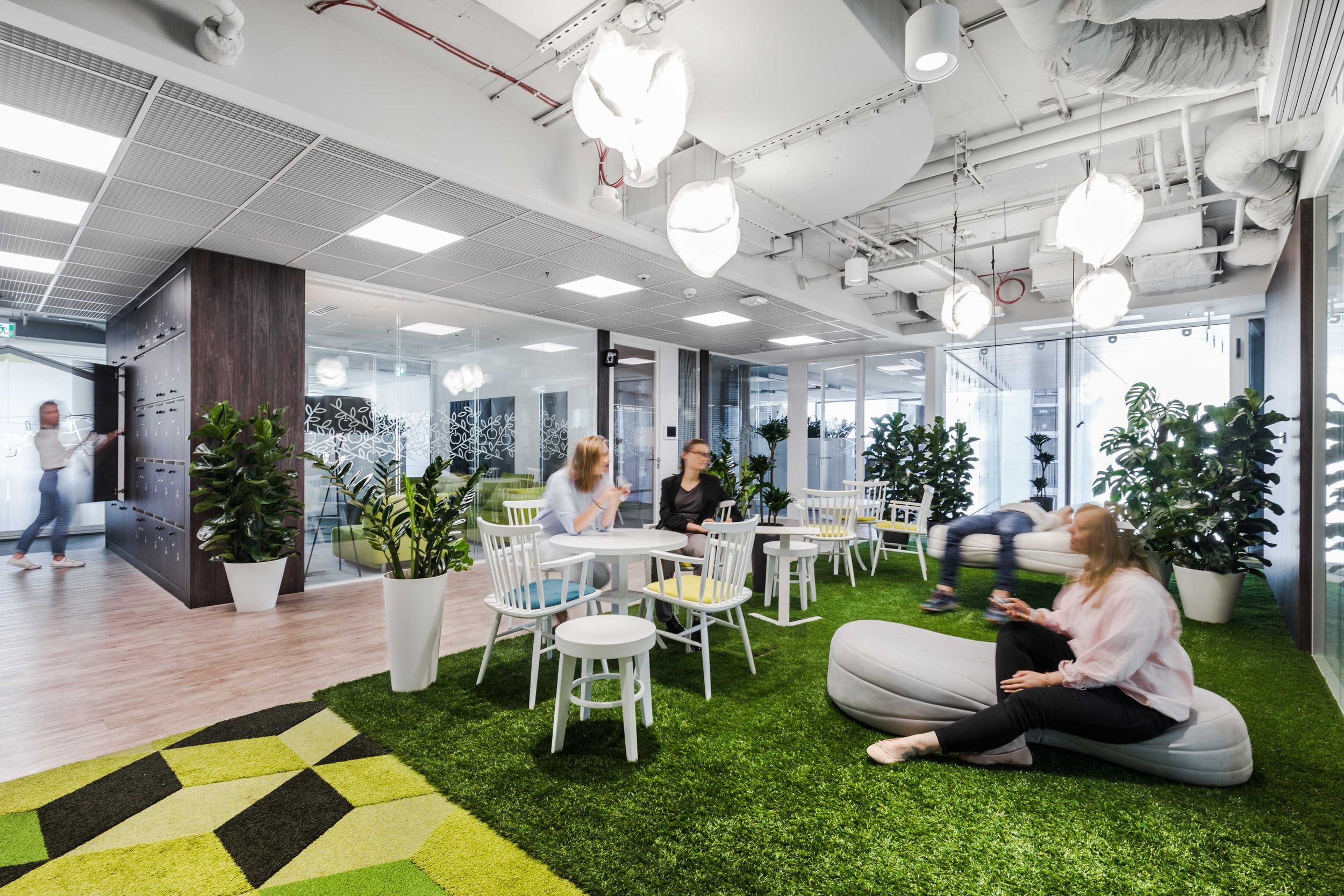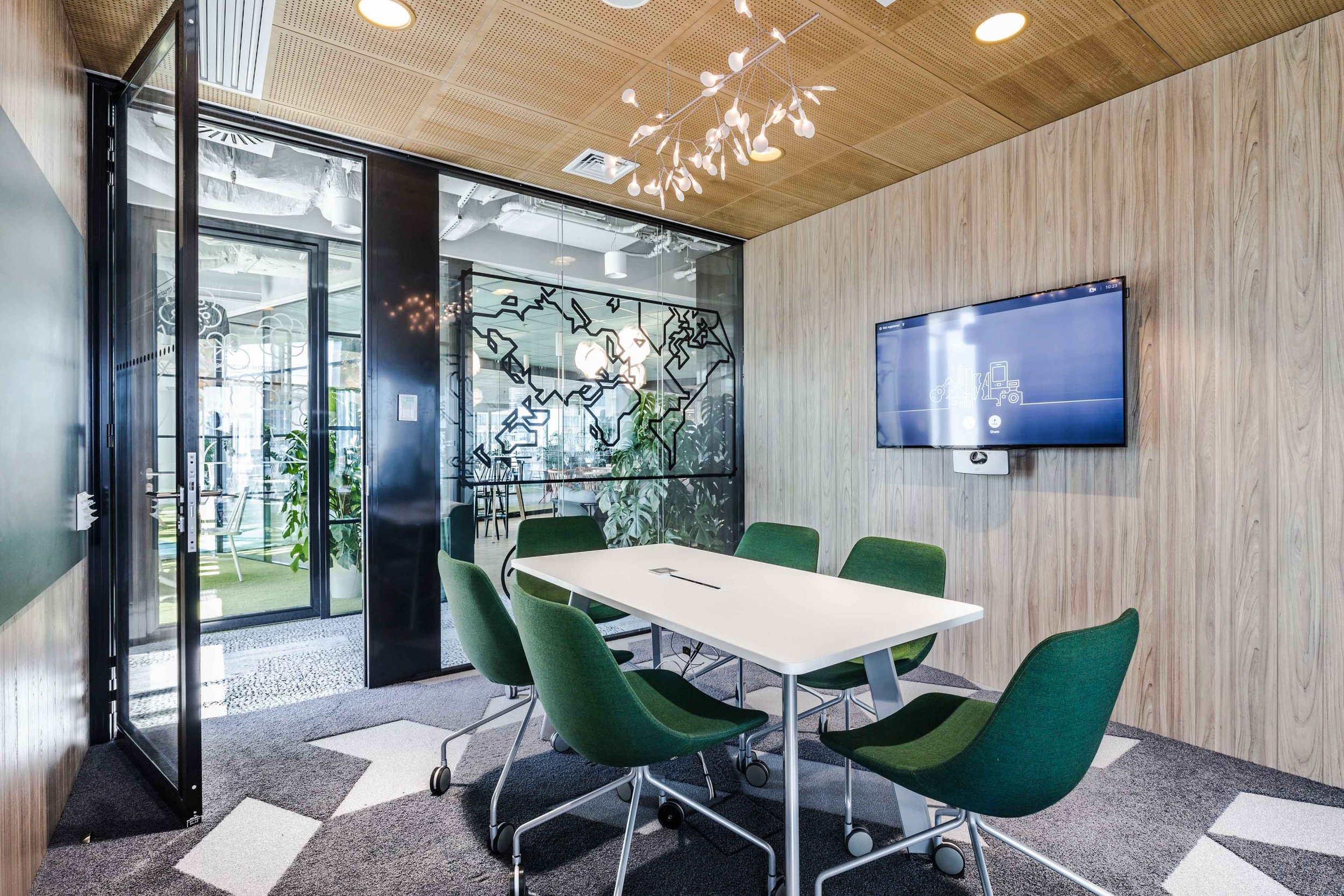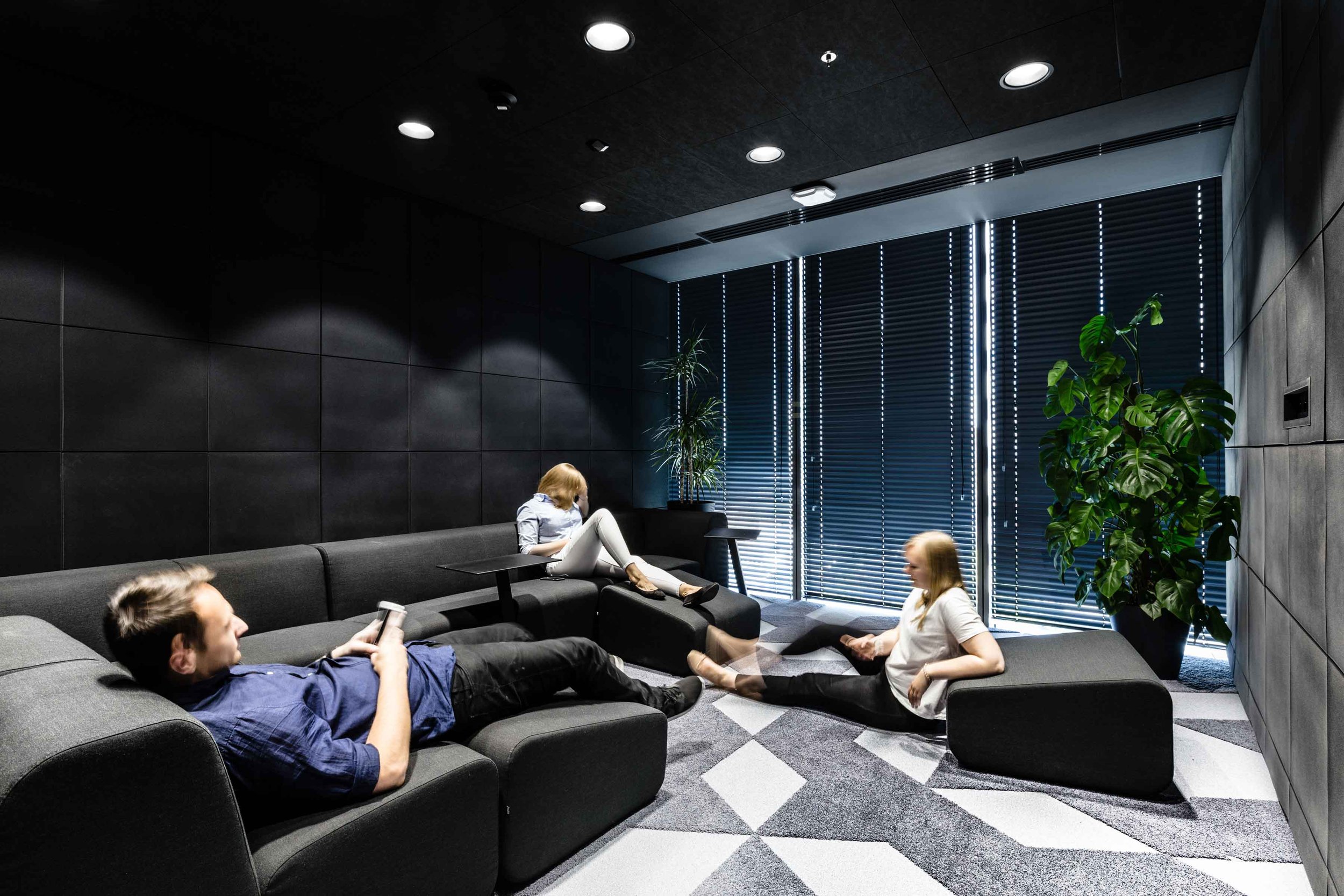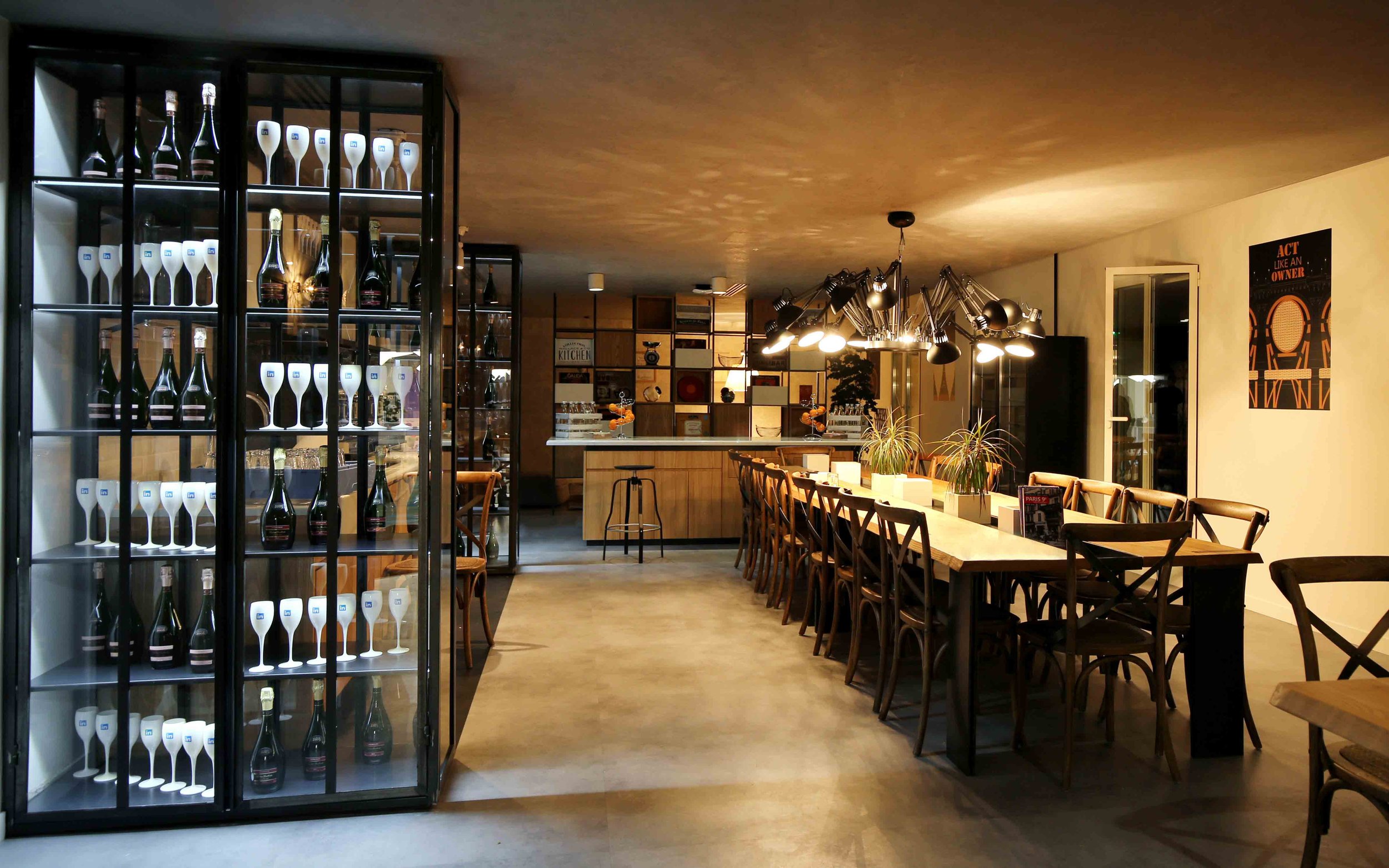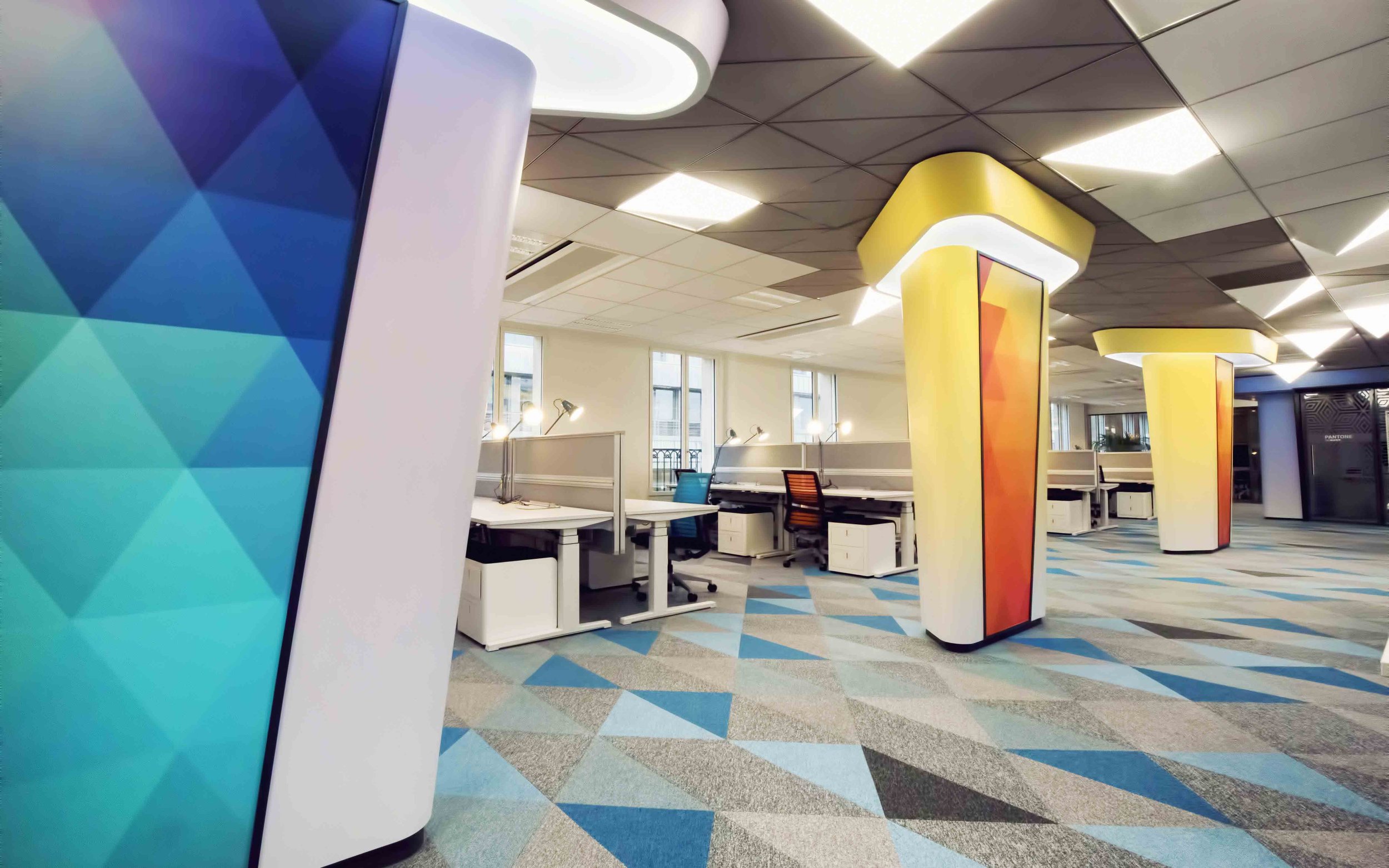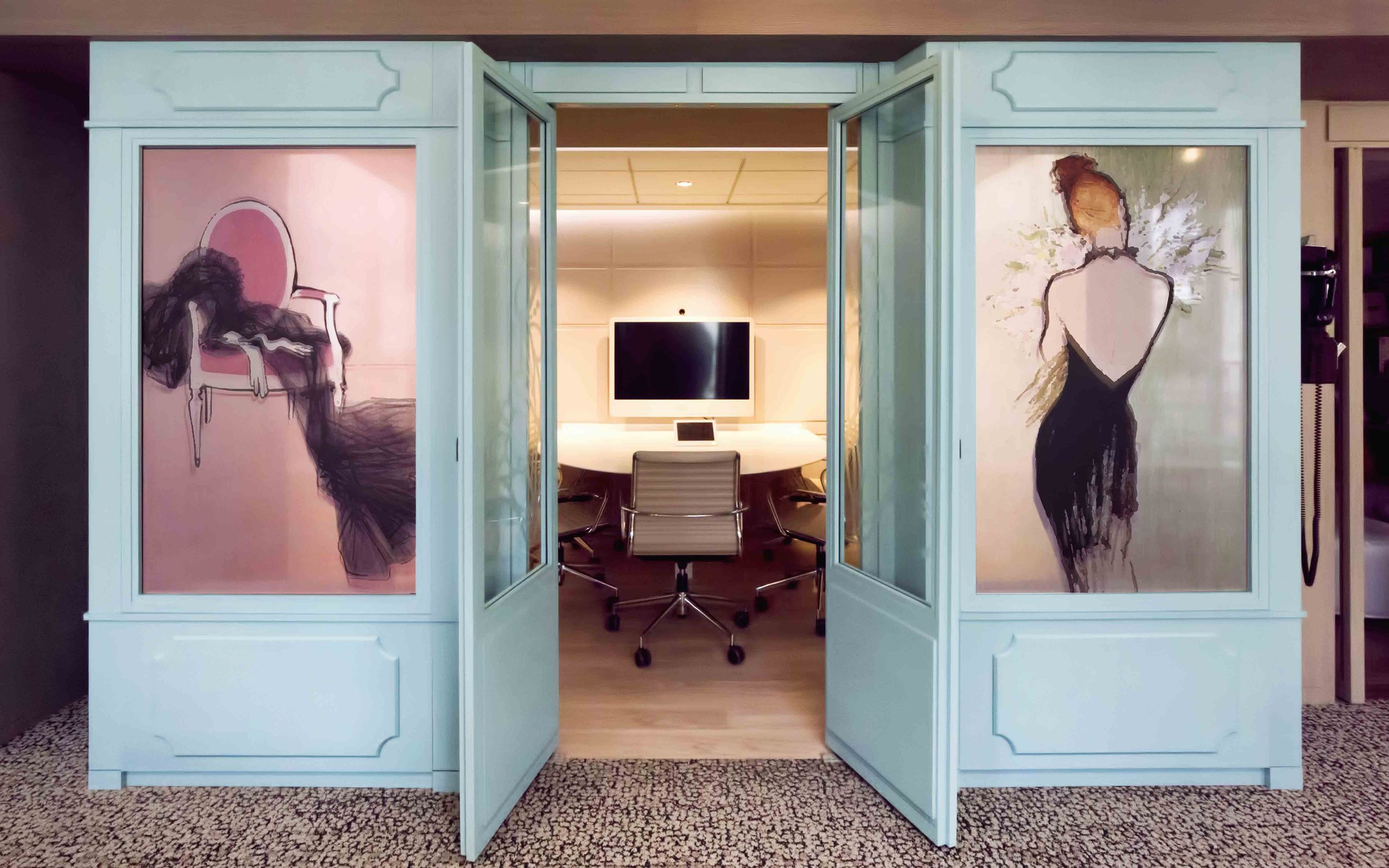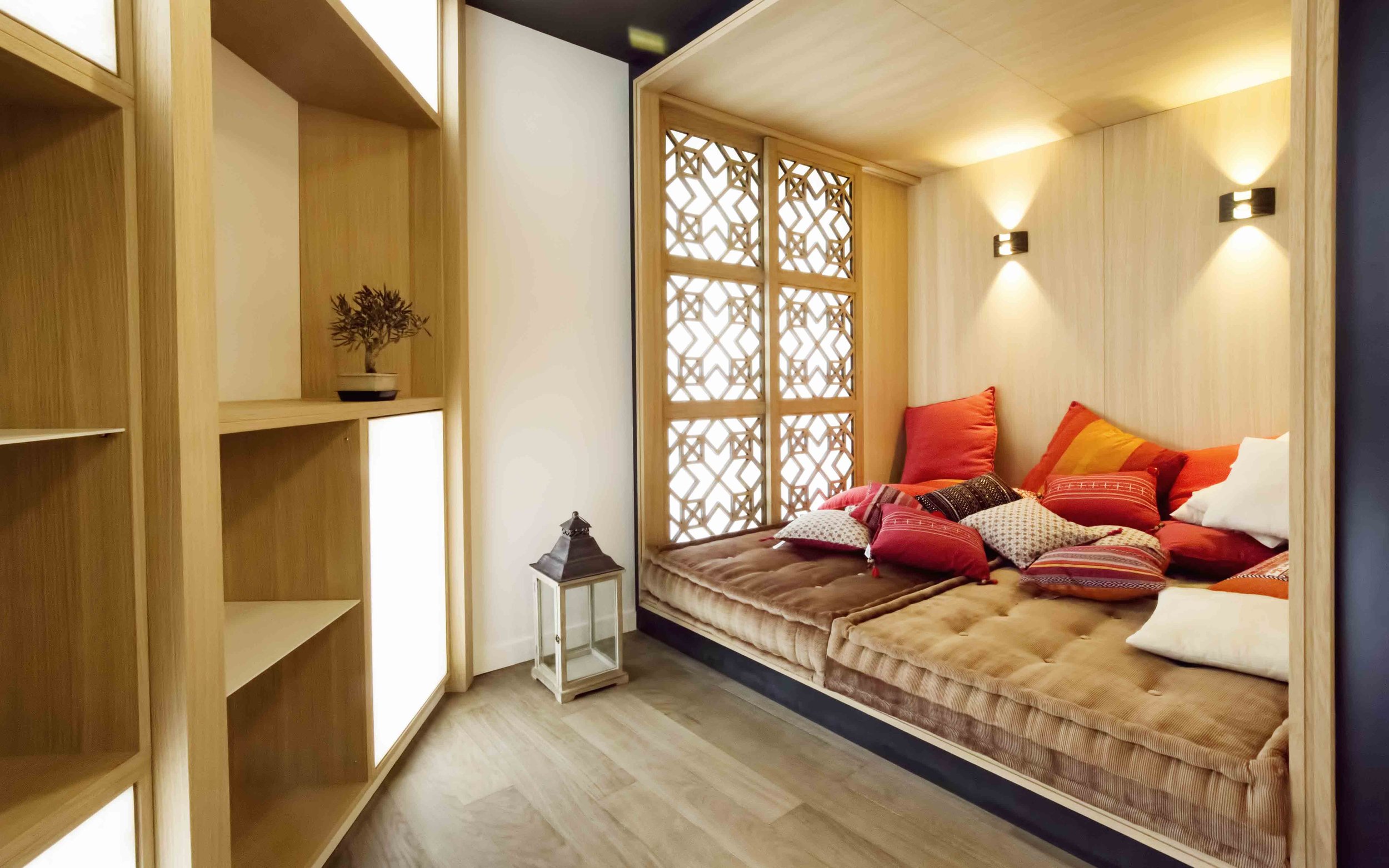How do we reduce distraction at work? How do we entice our staff back into the office? Why do they need to come in? How can zoning help? What are non-rhythmic sensory stimuli? How can biomorphic shapes help us do our best work? What is the business case for Biophilic Design? These and many other questions are answered in this podcast with Oliver Heath and Tanja Künstler. Oliver is founder of Oliver Heath design, and co-author of a new seminal guide from Interface “Creating Positive Spaces”. Tanja is concept designer for Interface. Between them they share some essential insights from the guide and how, by employing a Biophilic Design and human-centred approach to refreshing our office, we can create a workplace where we we will do our best work.
We have an opportunity right now to rethink how we design the workplace as we bring people back to the office. How we cater for different sensory thresholds of our workforce is a key element in designing better.
There are essentially two different kinds of work activities: focus and collaboration. We need to design zones or spaces which allow people to carry out these tasks to the best of their ability. Did you know it takes 23 minutes to get back to the task in hand once we’ve had a distraction? The more distractions we have the harder it is to focus to get the work done, our cortisol stress hormones, we get tense. In fact businesses lose $588 billion due to distraction in the workplace. So how can we design better?
Have a listen to how the Allegro offices in Warsaw were designed using colours, contrasts, calm spaces and how the Linkedin offices in Paris included local place-making design elements to bring an holistic human-centred approach to these incredibly compelling office spaces.
The concepts and theories underlying Biophilic Design, from natural light to patterns, all inform an improved way of designing. Considering our 7 senses, which are the 5 we know plus 2 more: vestibular and proprioception. You’ll have to read the guide and listen to the podcast to explore these in greater detail, but essentially by designing for these two senses we link our design to our early evolution, walking through forests, over rocks and down rivers and streams. Putting soundscapes in at different levels, making zones, creating restorative blue spaces, etc. On pages 42ff you will see an excellent table to help design of different sensory thresholds. Be sure to check it out.
To read a copy download the link here: https://info.interface.com/whitepapers-en_GB#Sensory_Wellbeing or here https://blog.interface.com/en-uk/designing-for-cognitive-sensory-wellbeing/ For more about Interface and what they do, plus links to more essential Design Guides, have a wander through their main website https://www.interface.com/EU/en-GB/homepage?r=1
To find out more about Oliver Heath Design visit their website https://www.oliverheath.com
To register for their Biophilic Design course, visit his site here https://oliverheathdesignschool.thinkific.com/courses/biophilic-design-in-the-home?ref=e64a07
Photos above are Allegro, Warsaw. The ones below are Linkedin, Paris.
To scroll through our other podcasts, have a look here on our main podcast page.
Credits: with thanks to George Harvey Audio Production for the calming biophilic soundscape that backs all our podcasts.
Did you know our podcast is also on Audible, Amazon Music, Spotify, iTunes, YouTube, Stitcher, vurbl, podbay, podtail, and most if not all the RSS feeds?
Facebook https://www.facebook.com/journalofbiophilicdesign/
Twitter https://twitter.com/JofBiophilicDsn
LinkedIn. https://www.linkedin.com/company/journalofbiophilicdesign/
Instagram https://www.instagram.com/journalofbiophilicdesign



